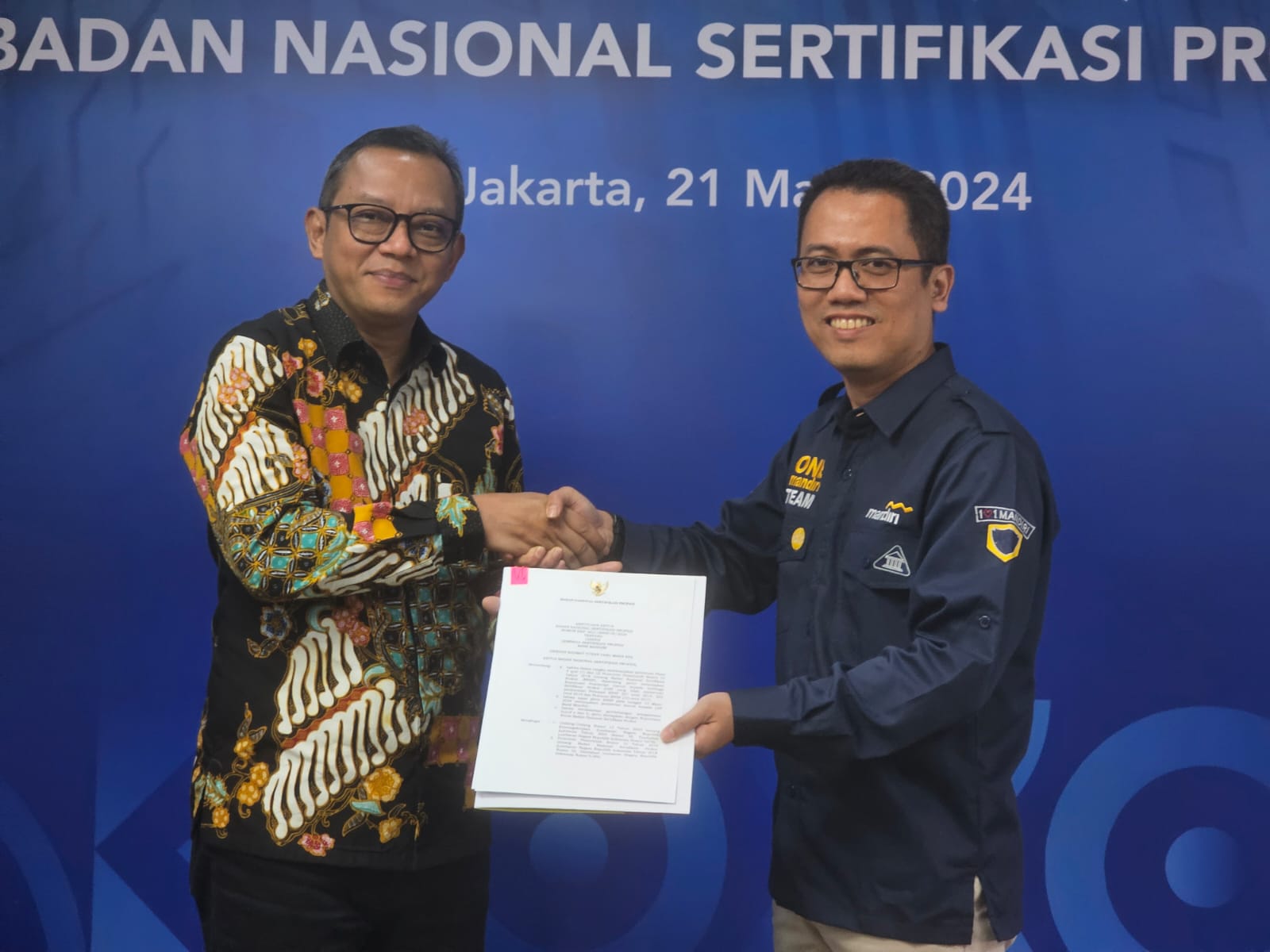[ad_1]
From May 3 to 5, the Group of Seven Foreign and Development Ministers’ Meeting took place in London, where discussions were held on some of the most critical issues that have been shaping the international context recently.
Besides the G7 members themselves – Italy, the United States, Canada, Germany, the United Kingdom, Japan and France, along with the high representative of the European Union – other countries’ leaders were invited to the event as guests. Among them were India, Australia, South Korea, Brunei (as the current chair of the Association of Southeast Asian Nations) and South Africa.
The composition of the guests’ crowd suggests that the G7 members have accepted the relevance of “looking East†to help them comprehend, analyze and deal with current global dynamics. Countries such as many of those that belong to ASEAN are destined to increase their relevance on the global scene. Consequently, Western actors must expand the level of engagement with them.
The discussions during the meeting ranged widely, but China certainly occupied a central role. The key points on which the ministers agreed will inevitably impact the trajectory of the relations between Beijing and the G7.
First, concerns have continued to arise around Beijing’s treatment of the Uighur minority in Xinjiang. For this purpose, according to the communiqué published after the meeting, the G7 leaders would support “independent and unfettered access to Xinjiang to investigate the situation.â€
Second, Hong Kong was a hot topic, with the G7 ministers discussing its level of autonomy and the importance of upholding its judicial system in order to avoid the transfer of cases to the mainland.
Last, dynamics in the East and South China Seas constituted an additional source of uncertainty, with the ministers highlighting their opposition to any unilateral actions that could undermine the region’s stability through militarization, coercion and intimidatory moves across the Taiwan Strait.
It should be added that, even considering that the G7, in the same communiqué, remained open to enhancing collaborative mechanisms with Beijing – to fight against climate change, to support the economic recovery, to face the Covid-19 crisis and to promote global peace – it is evident that the level of cooperation between China and the Western powers will be affected by the failure to resolve issues on which they disagree, likely increasing the degree of skepticism on both sides.
Similarly, these same issues are gradually moving the European Union further from Beijing. The European Parliament recently passed a motion to freeze discussions on the EU-China Comprehensive Agreement for Investment (CAI), an important pillar that gained special attention last December, when the parties made progress in negotiations to create a level playing field for investors and to support trade relations.
Nonetheless, in March this year, after the EU imposed sanctions against some Chinese officials and Chinese entities in the complex context of alleged human-rights abuses in Xinjiang, Beijing responded by targeting European officials, academics and diplomats who were accused of “spreading false information†and thus prohibited from entering China and its Special Administrative Regions.
But this tug-of-war between the EU and China has probably accelerated the European Union’s efforts to reinforce its strategic partnerships with other global actors. In such a context, we refer to India.
On May 8, a virtual EU-India Leaders’ Meeting took place with the goal of resuming free-trade negotiations, launching a connectivity partnership, and cooperating in the fights against the pandemic and climate change.
While the EU was represented by the 27 leaders together with European Commission President Ursula von der Leyen and European Council President Charles Michel, India was represented by Prime Minister Narendra Modi, who didn’t miss the chance to foster dialogue in spite of the turbulent times his country is going through.
Responding to the dramatic surge of Covid-19 cases in India, the EU demonstrated its solidarity, mobilizing €100 million to supply oxygen, ventilators and medication, welcoming a stronger contribution to the production of vaccines, and inviting New Delhi to participate in working toward an international treaty on pandemics within the framework of the World Health Organization.
But the May 8 meeting also shone a spotlight on how the EU and India will support private investments in high-standard physical infrastructures across several sectors, even in other countries in Africa, Central Asia, and the Indo-Pacific region, as alternatives to those pushed forward by China’s ambitious Belt and Road Initiative.
In this context, Brussels and Delhi say they want to begin a new phase in their relationship, implementing the key points of the EU-India 2025 Roadmap, whose role was already emphasized last year during the 15th EU-India Summit.
All in all then, dynamics in the geopolitical arena are making Europe uncertain terrain for China. Beijing has clearly become its own enemy in Europe, and leaves the same door open to others when it refuses to address significant issues.
This approach, in the long term, is only going to intensify friction between Beijing and Brussels. It will be interesting to see how other players, especially India, take advantage of the situation to push back against the sphere of influence that, over recent years, China has been expanding and to take a much more active role in the region, and beyond.
This effort will not be absent of obstacles, obviously. First of all, for the EU and India, it would be important to maintain a pragmatic approach to overcome divergent positions that in the past have slowed progress in their bilateral dialogue slow. Let’s think, for example, about the problems that occurred in the framework of negotiations for the Broad Based Trade and Investment Agreement in 2013.
This time, however, conditions appear to be more favorable. But would a strategic partnership between the EU and India really successful long-term, or would it remain trapped within the borders of good intentions lacking concrete results? Expectations remain high.
[ad_2]
Source link














